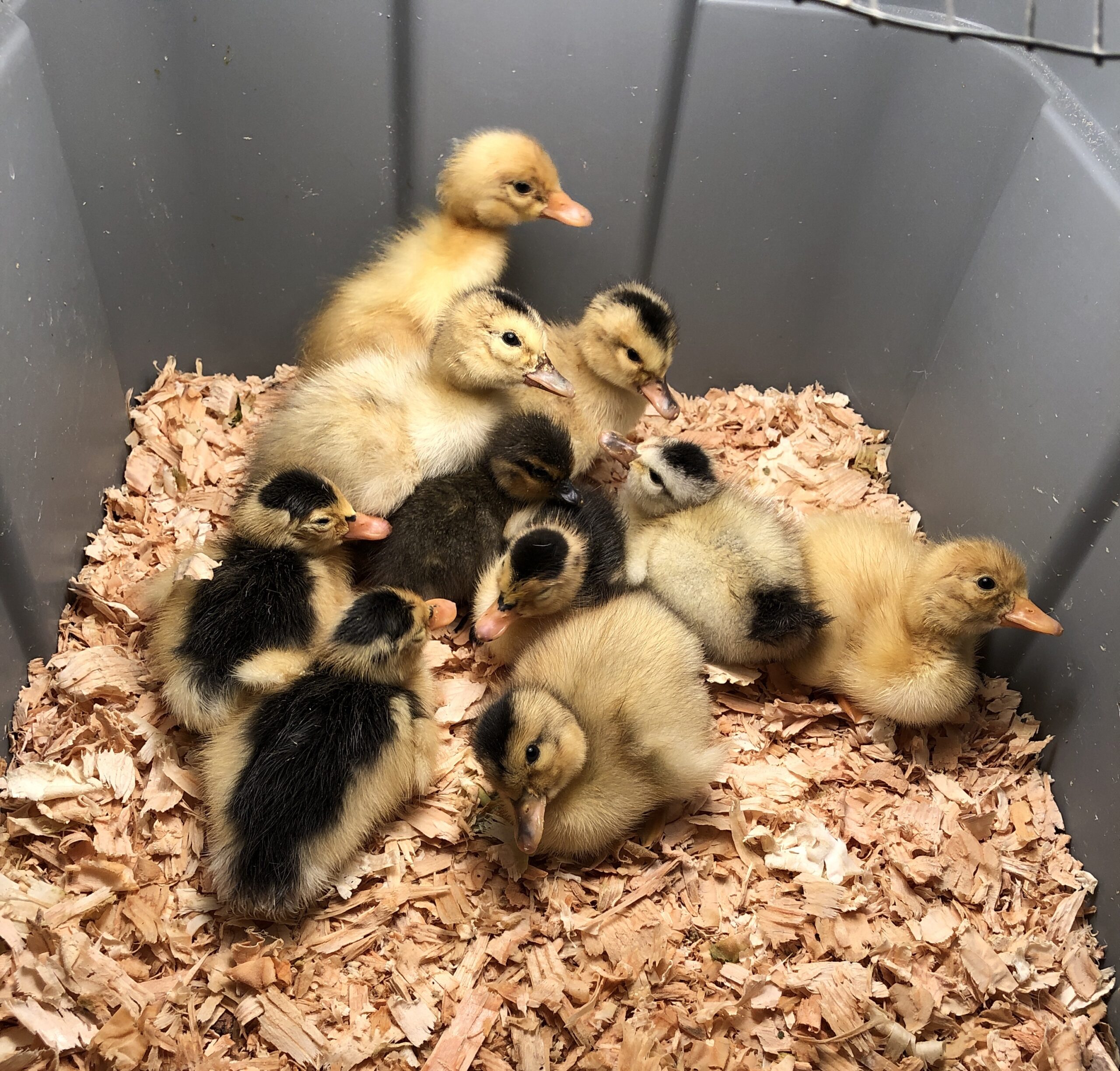This article on the youth getting started in waterfowl is being republished from Acorn Hollow Bantams website with permission from Lou Horton.
First things first; before you go out and get birds, are you sure you are getting the right ones? That means getting the right breed for your circumstances and that means knowing good birds when you see them. Don’t start off with a breed which is particularly hard to raise. That means that you shouldn’t begin with Toulouse, for example. They are both very expensive and quite difficult to hatch consistently, which is why they are expensive. Do not begin with a breed which is not suited to your facilities or situation. That means, for example, staying away from buff colored ducks or geese if your facilities have very little shade available; their color will bleach out in the sun. If you have neighbors nearby, think twice about Calls or China geese; both breeds are quite noisy. So, how does one find out about the strengths and weaknesses of each breed? Read about them and talk to those who have raised them. It is not enough just to like a breed; it has to fit you. If you pick a breed on an impulse or just because of appearance, you stand a pretty good chance of being disappointed. A couple of good all-purpose breeds you might want to look at are Runners and Cayugas in the ducks and Pilgrims and Embdens in the geese. None of those are particularly hard to breed or manage in average facilities. Remember; however, that a commercial Embden will bear little resemblance to one from an exhibition strain; all they have in common is color as they may well be 30% smaller in size and a totally different body type. The same is true of Pekins, Rouens, Toulouse, and a number of other breeds. Be aware that some sellers of commercial chicks, ducklings, or goslings will not identify the fact that they are not selling exhibition quality stock, you need to ask.
Before taking the plunge into any breed of waterfowl, one should know what characteristics comprise a good specimen. That means one should obtain and study an APA Standard of Perfection, preferably before buying the birds. Why? So you know a good one when you see one, that’s why. That kind of knowledge is truly power and you would be amazed at how many adults do not possess it. If you do not take the time and trouble to know your breed, to have an ideal in your mind, you will be forever at the mercy of other people’s opinions. Be respectful of the opinions of others, but waste no time in forming your own image of the ideal specimen.

The birds with which you start should have reasonably good type first and then worry about the color. As the old timers used to say, build the barn first, and then paint it. This statement is very true for youth getting started with waterfowl. Be prepared to compromise about how close your birds will actually come to perfection however; if the bird were perfect, would it be for sale? Have your priorities set and stick with them as long as you are sure that they are realistic. You can save literally years of effort if you do a good job of selecting those first breeding birds. Remember one thing, the best bird is not necessarily the most expensive one. If you want an extra good bird however, be prepared to pay the going rate for it. Part of your research should lead you to the knowledge of what a superior bird should cost and from whom it might be obtained. Use every show as a learning experience and never be afraid to ask questions.
Where should you look for your foundation stock? The best places are at the homes of established breeders, at shows and at the sale areas associated with many shows. Be prepared to order good stock well in advance, there is often more demand than supply of good stock. Beware of buying stock at “swap meets”; one never knows from where much of that stuff comes and a diseased bird is no bargain at any price. Remember that your best tool is a good working knowledge of the breed you are seeking. Know not only what qualities to look for but also know what major defects and disqualifications to look for. I would love to be able to assure all youngsters that any adult they might buy from will treat them fairly, but I cannot. Some adults have no qualms about “unloading” culls on unsuspecting kids looking to get a good start in something.
My last piece of advice for youth getting started with waterfowl is to be patient. Those (adults or kids) who produce champions in their first year or two are truly rare. Understand that you will “pay your dues” as you go through the learning process; that will make the winning all the more sweet when it comes.
By Lou Horton
